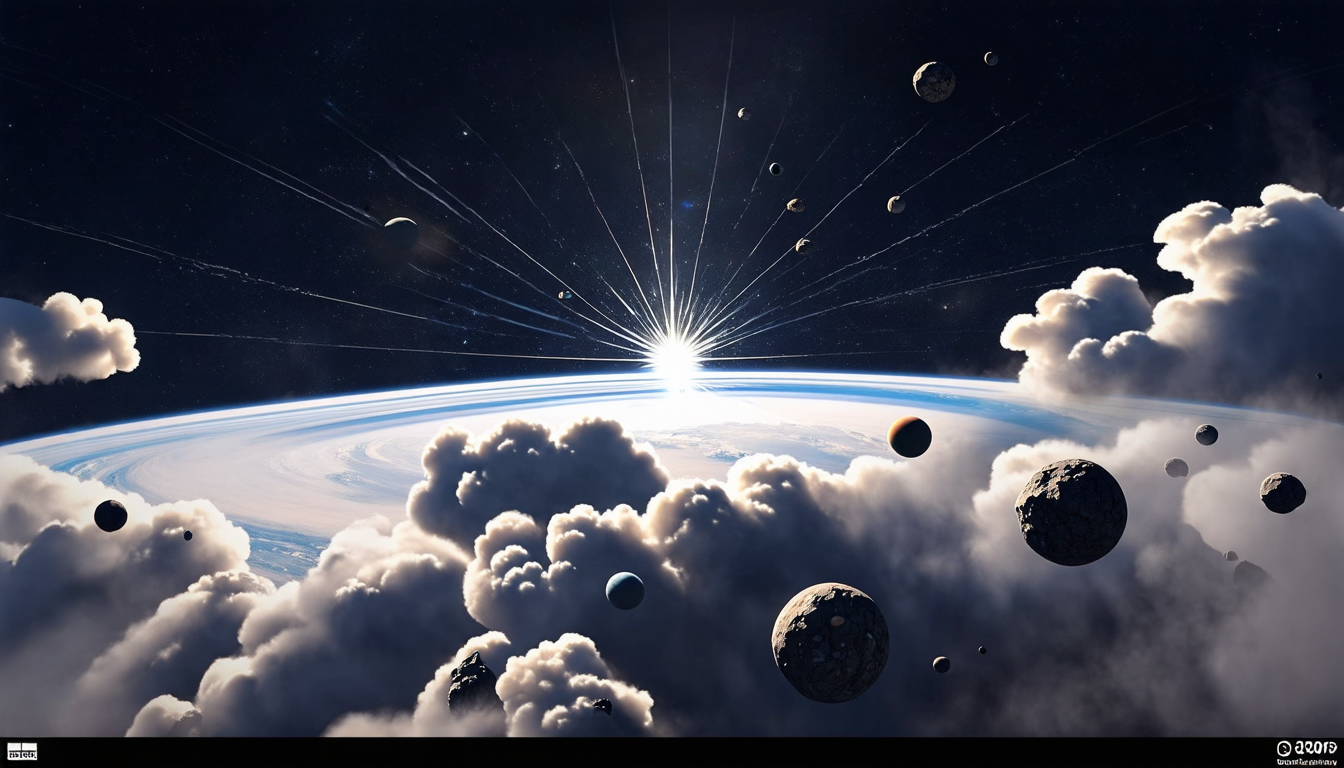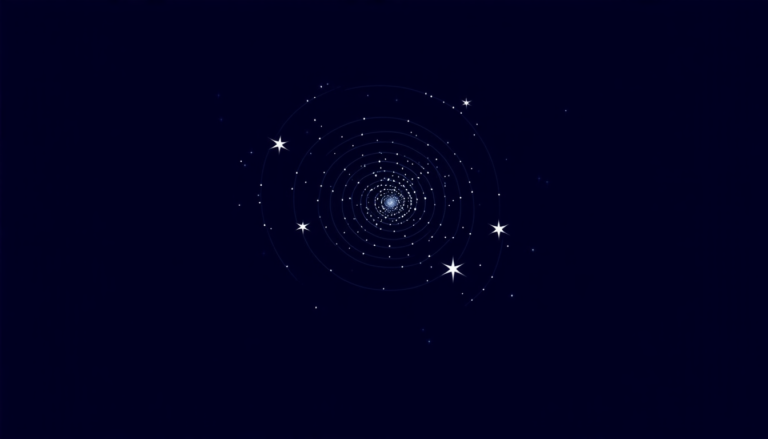Tuesday 10 June 2025
Astronomers have been studying the star θ Boo, a bright and relatively nearby star in our galaxy, for years. This latest research sheds new light on the mysterious dust surrounding it. The team used the Large Binocular Telescope Interferometer (LBTI) to observe the star, which revealed an unexpected pattern of emission.
The LBTI is designed to study the faint signals from exoplanets and other celestial objects near stars. By combining the light from multiple telescopes, the LBTI can create a virtual telescope with much higher resolution than any single telescope. This allows scientists to peer deeper into the dust clouds surrounding θ Boo.
What they found was surprising: the dust is not evenly distributed around the star. Instead, it appears to be concentrated in certain regions, forming a pattern that changes over time. The researchers used computer simulations to model the data and determined that this pattern is likely due to the presence of small, unseen companions orbiting θ Boo.
These companions could be planets, asteroids, or even smaller particles like dust grains. They would need to be relatively close to the star to heat up and emit the observed radiation. The discovery of these companions provides valuable insights into the formation and evolution of planetary systems.
The research also highlights the importance of studying the dust surrounding stars. Dust is a key component in the formation of planets, as it can provide a surface for particles to stick together and grow. By understanding how dust behaves around stars like θ Boo, scientists can better understand the processes that shape our solar system.
One intriguing aspect of this research is the potential for detecting exoplanets directly. The LBTI’s ability to resolve the fine details of the dust pattern could allow astronomers to spot planets as they pass in front of the star, a technique known as direct imaging.
While the team has made significant progress, there is still much to be learned about θ Boo and its companions. Future observations with even more powerful telescopes will likely reveal new secrets about this enigmatic system. For now, scientists are excited to continue exploring the mysteries of our galaxy and the stars that call it home.
The researchers used a variety of methods to analyze their data, including statistical models and computer simulations. They also compared their findings to previous observations of θ Boo, which helped them rule out alternative explanations for the observed pattern.
In addition to shedding light on the dust surrounding θ Boo, this research has implications for our understanding of planetary formation more broadly.
Cite this article: “Mysterious Dust Pattern Around Nearby Star Reveals Hidden Companions”, The Science Archive, 2025.
Star, Dust, Theta Boo, Large Binocular Telescope Interferometer, Lbti, Exoplanets, Planetary Systems, Formation, Evolution, Direct Imaging







